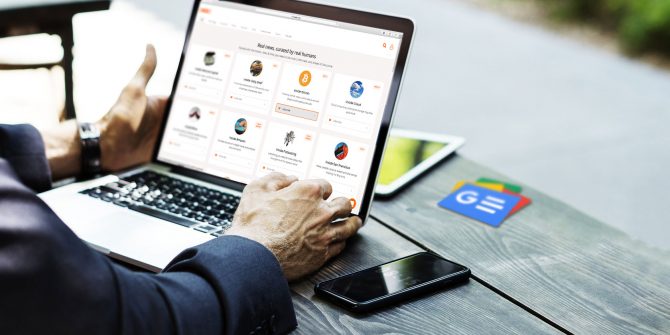Money to put a roof over our heads and food on the table is an undeniable benefit of having a job. But in addition, work often gives our lives structure, satisfaction, security, and social connection, too.
Work enables us to grow personally and contribute to society. If you’re skeptical about the positive benefits of work besides income, ask someone who would like to work but cannot.
Article 23 of the United Nation’s Universal Declaration of Human Rights enshrines the right to work. Going a step further, the UN Convention on the Rights of Persons with Disabilities states that access to information technology is a basic human right. That places a special responsibility on enterprise software vendors like SAP. We must ensure that all of our customers’ employees – with their diverse needs and preferences – can use our software. After all, barriers that inhibit a person from contributing their talents to their workplace impinge on corporate and social progress.
One in Seven of Us
By embracing inclusive design, we strive to create software that can be used “out-of-the-box” by as many people as possible. The World Health Organization estimates that there are 1 billion people in the world currently living with a disability. That’s one in seven of us. Of those 1 billion, 80 percent of cases are acquired in later life, and our aging global population means the prevalence of disability is on the rise. At some point, you and I may need – or prefer– options for interacting with our digital systems that we don’t use right now. Why on earth should we limit ourselves?
Inclusive Design and Accessibility
I see both inclusive design and accessibility as SAP’s responsibility so that everyone can participate in business. You may be wondering why I am talking about inclusive design instead of just accessibility. It’s not political correctness – there is a difference.
Accessibility covers the minimum set of requirements that must be supported to make information technology available for users with sensory disabilities. It ensures that different input and output channels are uniquely and efficiently supported and that users can set their preferences. Aids such as screen readers, magnifiers, high contrast themes, and braille keyboards serve as necessary tools for people with special needs.
Inclusive design practices take accessibility into account from the beginning, making accessibility workarounds as much of an exception as possible. Although exceptions do still exist, inclusive design lowers the barrier for everyone and improves overall experience. When accessibility requirements are part of an inclusive design mindset, we increase the overall experience factor and the number of users who can work with the system.
Let me give you an example. SAP provides several visual design themes for SAP Fiori. The standard theme delivers a highly legible and usable design without sacrificing beauty or balance. But, we do offer several visual themes to accommodate user preferences, environmental circumstances, and visual acuities. We know that some people prefer a lighter theme and others a darker theme. And then there are others still who have unique needs from a design theme to work efficiently. This is why we offer a variety of themes and allow users to easily set their preferences.
Intuitively Right
Humans have many senses and abilities that help them to understand and interact with their environment: seeing, hearing, speaking, touching, thinking, and so forth. When we pursue intuitive ways of interacting with software, such as with eye-tracking technology, brain-computer interaction, voice-enablement, and so on, the result is a plurality of interaction possibilities. In addition to making the interaction more natural and enjoyable, intuitive design has another benefit: It makes access to digital systems more inclusive.
Intuitive and inclusive design helps everyone, independent of their innate abilities or limitations. It also makes interactions richer for all of us and compensates for temporary environmental factors, like bright ambient light or noisy traffic sounds.
This past fall I was in Austria holding a keynote at the World Usability Congress. A few blocks into my walk to the convention center, my phone vibrated in my pocket. When I looked at it, I saw I had to turn, but I didn’t hear the voice command because of a passing streetcar. Here, three sensorial channels were working simultaneously: seeing, hearing, and feeling. For me, it was helpful to have those extra layers of interaction. For a user with low vision or a hearing impairment, the alternative channels are essential.
Inclusive design and accessibility not only provide a kind of insurance policy for all of us; they are also the right thing to do for our fellow 1 billion human beings living with a disability today. And, these practices are better for business because everyone can contribute their skills. That enriches not only companies, but society as well.
Maricel Cabahug is chief design officer at SAP.







